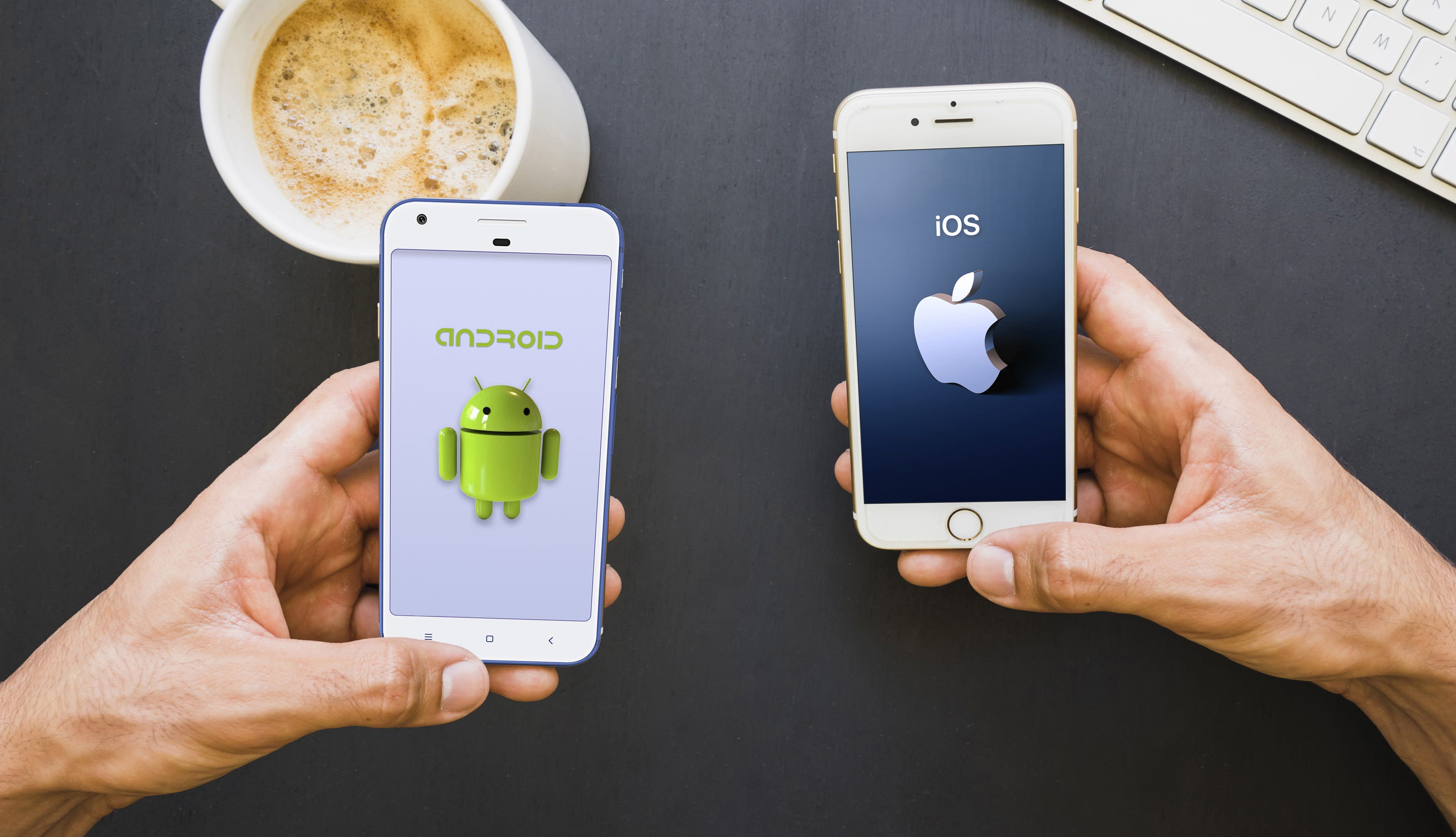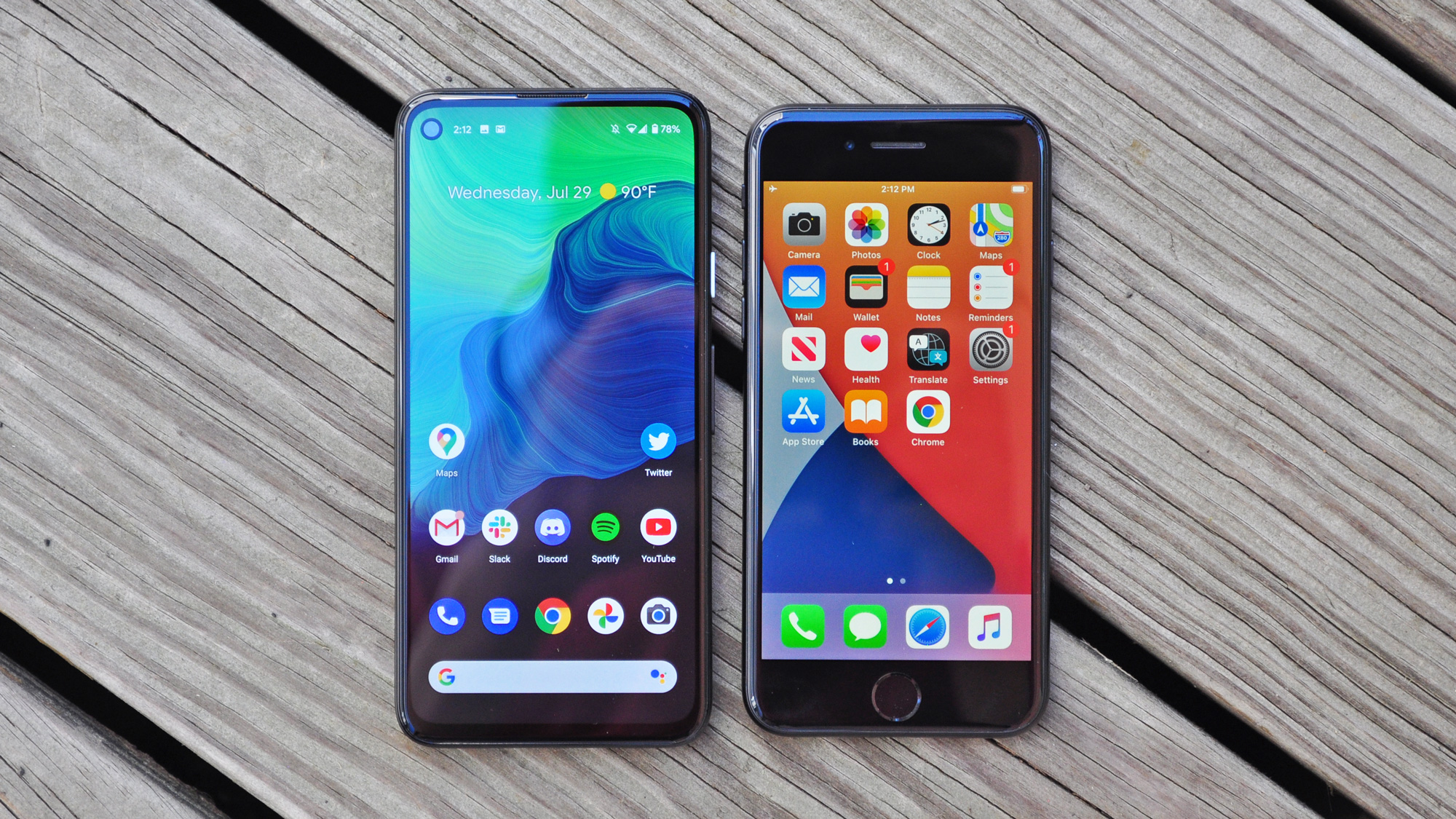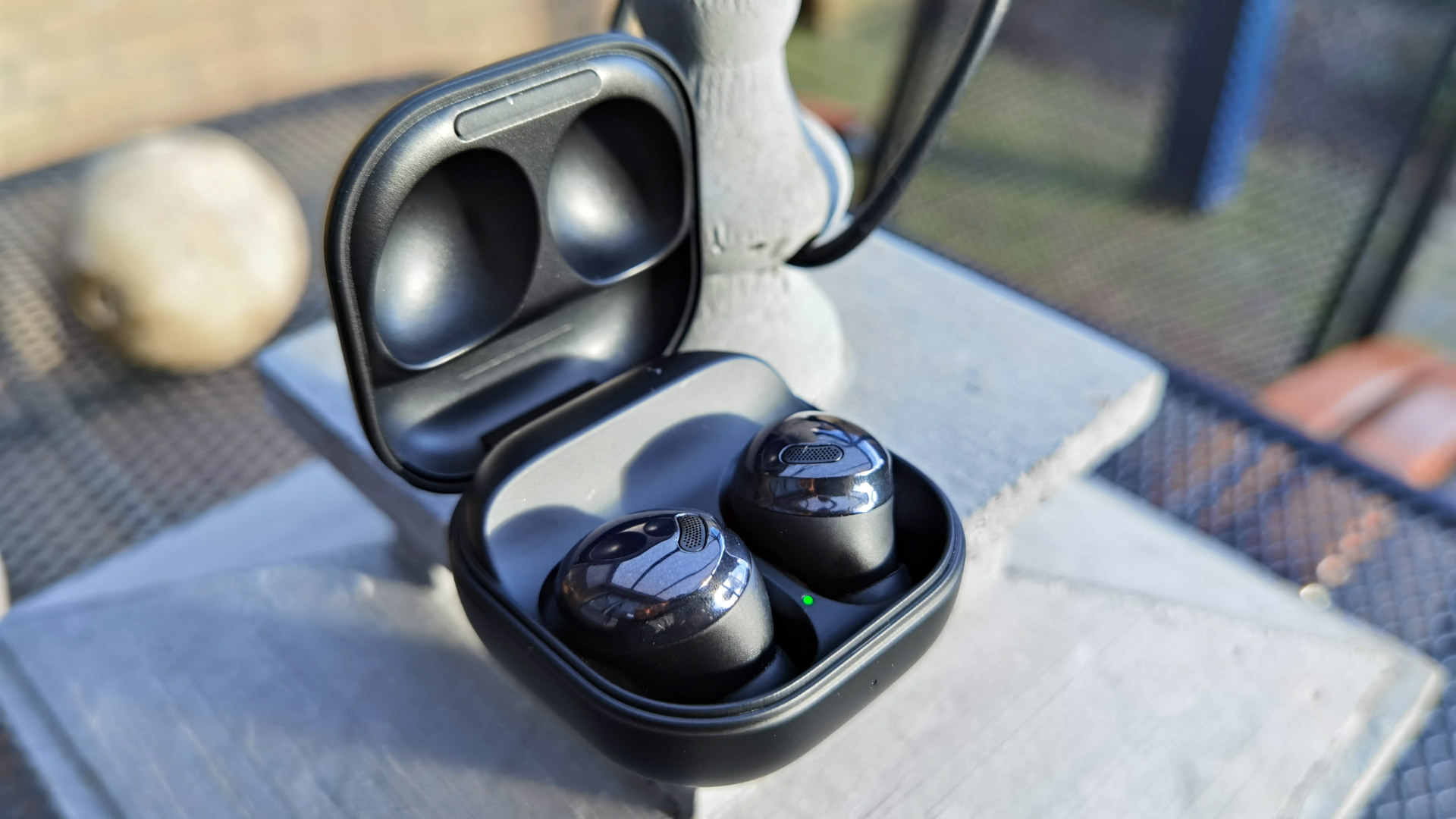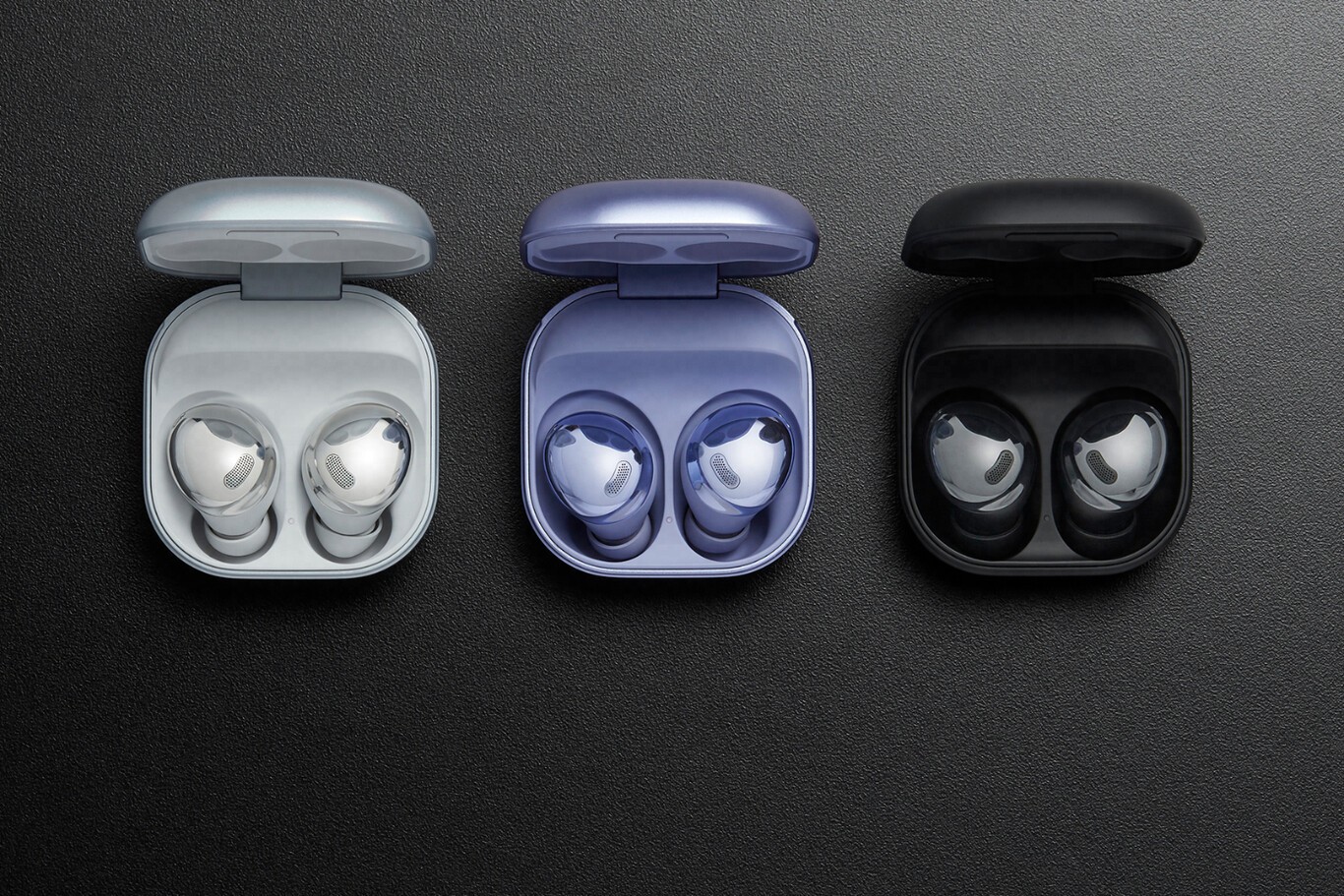According to many, the headset is a combination of functionalities that Galaxy Buds and Buds + had, and part of the functionalities of Galaxy Buds Live, which came with a slightly different design. However, this combination of design and functionalities also resulted in a significantly increased price.
What is new?
Design
Galaxy Buds Pro comes with a design that looks like the slightly modified Galaxy Buds +. It is obvious that many users were not very satisfied with the design of Buds Live, so Samsung returned to the tested design, which suits much better.
Available in three colors, Phantom Black, Phantom Silver, and Phantom Violet, which are made to match the new Samsung Galaxy S21, and the charging box comes in the same color. Again, we have that shiny, reflective layer that is simply a magnet for prints. But the colors look phenomenal.
The charging box itself comes with the design we saw on the Galaxy Buds Live, so it is slightly less rounded than the one that came with Buds and Buds +. It is quite compact and has an LED indicator that indicates how much battery is in the box.
What many may not like is that the headphones themselves are somewhat elongated, and do not fade when you put them in your ear like some other models. This means that it is impossible to sleep with them, and after some time of wearing you will need to reposition them to make them stand up nicely. Of course, you also get extra buttons from Samsung that may make the headphones a little more comfortable.
Overall, the design is an interesting combination between Buds + and Buds Live, and if you like any of the tire sizes, they can be quite comfortable, even when worn for a long time.
IPX7 rating
The previous models came with IPX2 or IPX4 rating, which meant that they were okay to wear during physical activity, and you would not have any problems if it rained. But the Galaxy Buds Pro comes with an IPX7 rating which means they can be submerged for up to 30 minutes at a depth of one meter. Although we would not recommend this because it is still an expensive piece of electronics, the rating says that if they fall into the water, or you want to wash them under a soft stream of water, you should not have a problem. ANC (Active Noise Cancelling)
Perhaps the most anticipated functionality for those who prefer the old design over the Buds Live, the new Galaxy Buds Pro comes with active noise canceling. The microphones on the outside work to eliminate outside noise, and according to reviews so far, this works quite well.
Of course, since these are headphones that are primarily intended for everyday wear and use, Samsung's focus is not on ANC, so the functionality itself is not at the level of over-ear headphones like Sony WF-1000XM4 or Bose NC 700. Although much external noise will be eliminated, if it is loud, you will probably hear some of it even at the highest level of the ANC.
This functionality will be very useful if you use the headset for office work because it works great with sound sources such as air purifiers or air conditioners. But if one of your colleagues is in the mood to listen to loud music, unfortunately, you will listen to it too, albeit quieter.
360 Audio, Scalable Audio, Multi-Mic Recording
The headphones come with a few other interesting things, such as 360 Audio, a functionality
y with which the headphones themselves track the movement of your head to create a deeper scene. Unfortunately, this only works with devices running OneUI version 3.1, which currently limits you to newer Galaxy S21 devices as well as Galaxy Tab S7 models. The functionality will be available later in the year. Also, you get the option of Scalable Audio, which according to Samsung means that you can enjoy 24-bit / 96kHz quality even via Bluetooth. There is also the possibility of using the headset as a second microphone when recording videos, which can be interesting.
What about the sound?
Sound quality, according to Samsung and AKG, has improved compared to previous models. Unfortunately, we do not have the Galaxy Buds Pro tested, so we could not talk about whether the sound is improved, and what it means for audio enthusiasts.
















